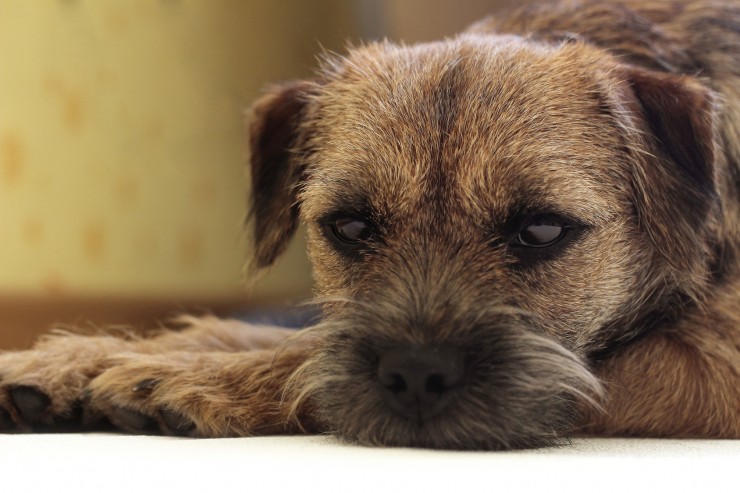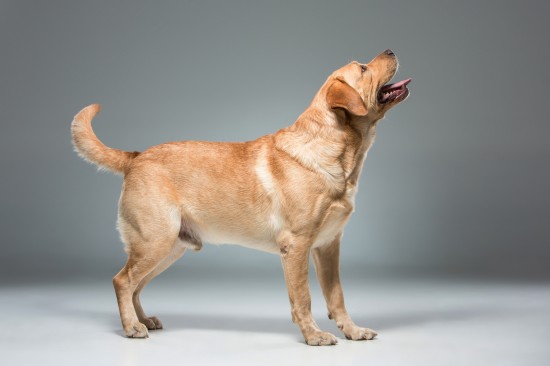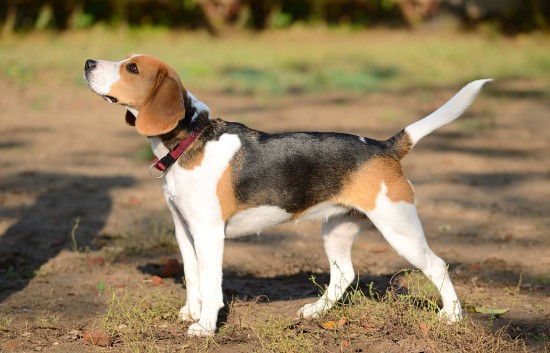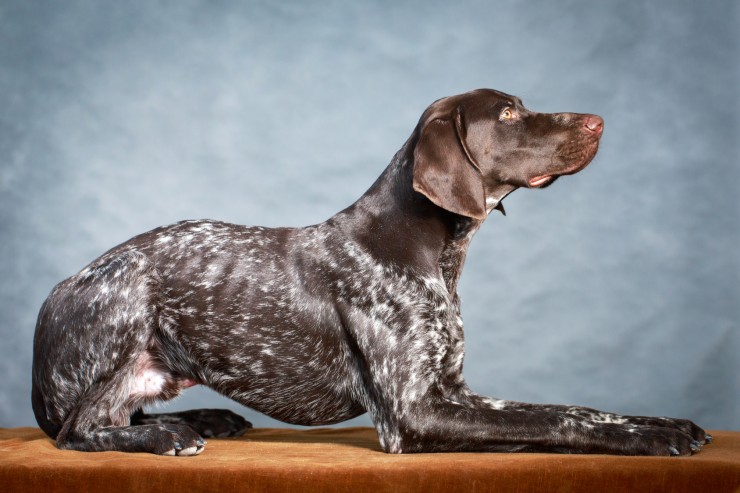

While a diagnosis of cancer in your dog will naturally be very upsetting and worrying for the owner, cancer is not necessarily the death sentence today that it once was, and many forms of canine cancers, particularly when caught early enough, can be successfully treated and cured.
One of the most common ways of treating certain types of cancers is by means of chemotherapy, which virtually every dog owner will have heard of, but not everyone will fully understand. In this article, we will look at chemotherapy for cancer in dogs in more detail, including how and why it works, and the side effects that can be expected as a result of treatment. Read on to learn more.
Chemotherapy treatment works on the whole of the dog’s body, which is known as a systemic effect. It is sometimes used in conjunction with other forms of treatment, such as surgery or radiotherapy, or may be used alone.
Chemotherapy involves the delivery of toxic drugs to the dog to kill the cancer cells; however, the treatment also affects certain other healthy cells too, due to the medication’s action.
Cancer cells divide and spread within the body much faster than most of the body’s healthy cells, and chemotherapy targets these particularly fast growing cells. However, as the treatment is indiscriminate, it also tends to kill off some of the body’s healthy cells that also grow quickly, such as those responsible for growing hair, and cells within the stomach, and this is what causes the associated side effects that generally come with chemotherapy treatment.
Chemotherapy is only indicated in the treatment of some forms of cancers, and so it is by no means the only option or form of treatment that may be used. Because chemotherapy can make your dog sick and weak, other methods of treating the cancer will be considered first, such as surgery or radiotherapy.
For dogs that do need to undergo treatment with chemotherapy, it is to be expected that they will display some negative side effects of the treatment, which we will look at in more detail below. However, it is worth noting that dogs tend to suffer from chemotherapy side effects to a lesser extent than people do, and so sometimes, the side effects of the treatment will be fairly mild.
Digestive upsets and problems with the digestive system are the most common side effect of chemotherapy in dogs, as the treatment itself also affects the cells that line the stomach and intestines, causing these to break down. This leads to a range of side effects, including general nausea, vomiting and diarrhoea, and dark, tarry stools as a result of the lining of the digestive tract shedding.
Exactly how severe these effects are for your dog can vary considerably from case to case, and for many dogs, only mild symptoms are experienced. As treatment continues, the severity of the symptoms will tend to ease off too, but they can be very pronounced in some dogs.
The effect that chemotherapy can have on the bone marrow of the dog is one of the main risks of treatment, as bone marrow is responsible for producing the necessary red and white blood cells that support the whole of your pet’s body. Chemotherapy can kill off these cells, leading to a fall in the body’s white blood cell count, which can have a wide ranging and negative impact on your dog’s immune system. This in turn means that your dog will be more likely to pick up illnesses and infections, as their bodies no longer generate a sufficient immune response to fight these problems off.
Some dogs will also lose some of their fur as a result of chemotherapy treatment, as the cells responsible for growing hair are also affected by treatment. This process is painless, although it can be irritating, and the hair will almost always grow back after treatment has finished, but it may be different in colour or texture than it was before treatment.
Many dog owners prefer to have their dog’s fur shaved prior to beginning chemotherapy, to prevent the hair from falling out all around the home.
Dogs that have short hair are more likely to suffer from hair loss as part of chemotherapy than longer haired dogs, and dogs with wiry or harsh coats tend to suffer more than others.
Chemotherapy is a valuable and potentially lifesaving treatment for dogs with malignant cancers, and generally, the benefits of treatment far outweigh the potential side effects. However, the potential side effects of the condition can be very uncomfortable and sometimes painful for your dog, and this should be taken into account when deciding on the best form of treatment.
 Feeding Tips For Dogs - The Right Way To Feed A Dog
Do you honestly know the correct way to feed a dog? Soun
Feeding Tips For Dogs - The Right Way To Feed A Dog
Do you honestly know the correct way to feed a dog? Soun
 Five Dog Breeds That Are Prone To Obesity
Five Dog Breeds T
Five Dog Breeds That Are Prone To Obesity
Five Dog Breeds T
 How To Pick The Right Online Store To Buy Pet Supplies
How To Pick The Right Online Store To Buy Pet Supplies
How To Pick The Right Online Store To Buy Pet Supplies
How To Pick The Right Online Store To Buy Pet Supplies
 What To Expect From The Beagle’s Behaviour And Temperament
What To Expect Fr
What To Expect From The Beagle’s Behaviour And Temperament
What To Expect Fr
 Canine Muscular Dystrophy And Affected Breeds
Canine Muscular D
Canine Muscular Dystrophy And Affected Breeds
Canine Muscular D
Copyright © 2005-2016 Pet Information All Rights Reserved
Contact us: www162date@outlook.com